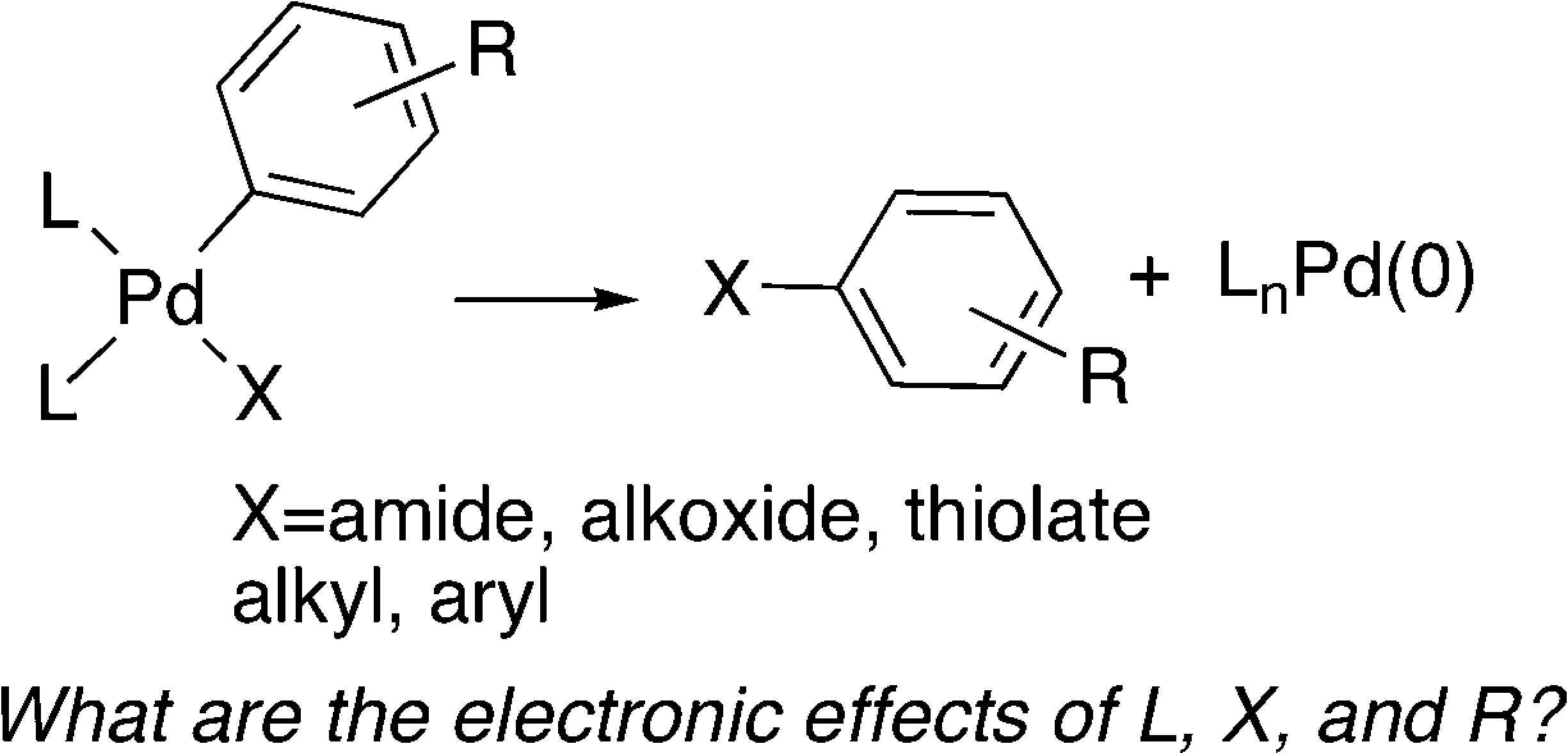Electronic Effects on Reductive Elimination To Form Carbon-Carbon and Carbon-Heteroatom Bonds from Palladium(II) Complexes
Inorg. Chem, 2007, 46 (1936-1947)
View on publisher site
Abstract
The electronic properties of reactive and ancillary ligands have a large impact on the rate and scope of reductive elimination reactions. The purpose of this review is to compare and discuss published data on the effect of ligand electronic properties on the rates and scope of reductive eliminations from palladium(II). An understanding of these effects is important because reductive elimination from palladium(II) is the product-forming step of a variety of catalytic processes. The scope of this review will encompass the effect of the electron-donating abilities of alkyl, aryl, amido, alkoxo, thiolato, and phosphido groups on the rate of reductive elimination, the relative importance of inductive and resonance effects on the rate of reductive elimination, the relative sensitivity of the different classes of reductive eliminations to electronic perturbations, and the effect of the differences in electronic properties between the two aryl groups of biaryl complexes undergoing reductive elimination. In addition, this review will include the effects of electronic properties of the ancillary ligands on the rate of reductive eliminations from palladium(II). The effect of the overall electron-donating ability of ancillary ligands and the effect of the relative orientation of ancillary ligands to the two reactive ligands on the rate of reductive elimination will be discussed. Where appropriate, electronic effects on reductive elimination from complexes of other metals are described.
Read on publisher's site